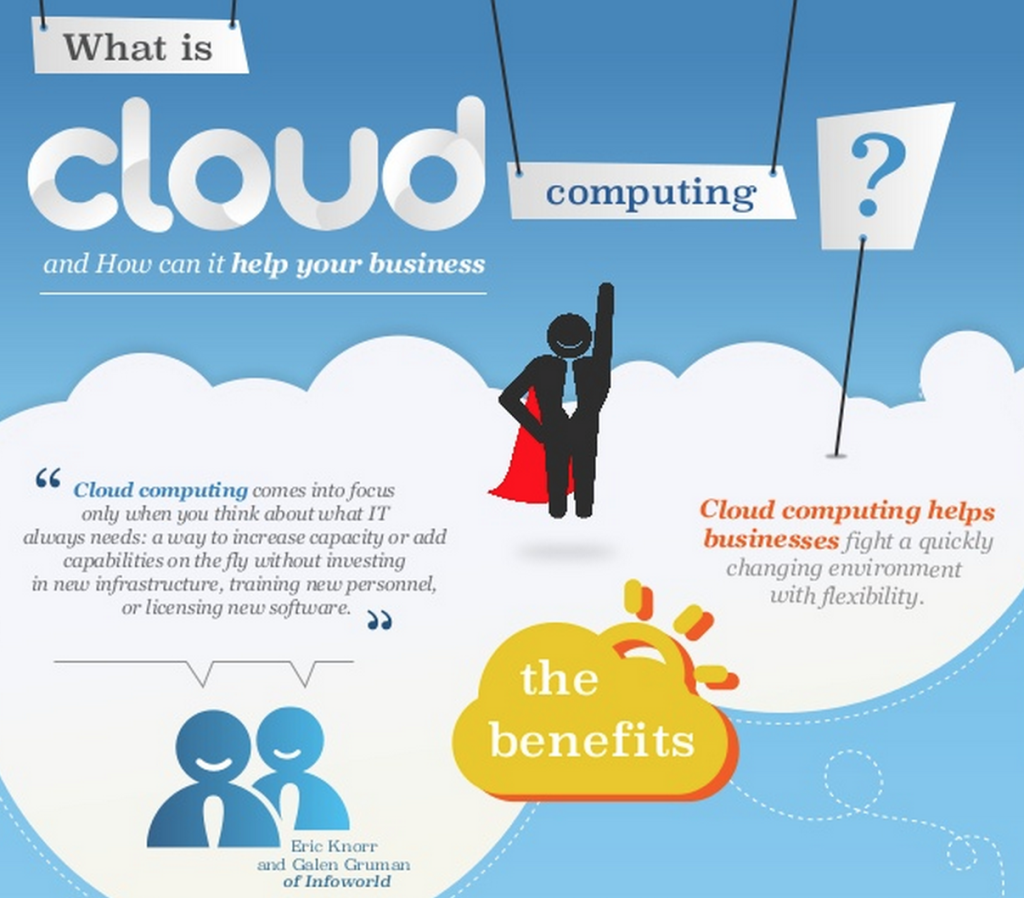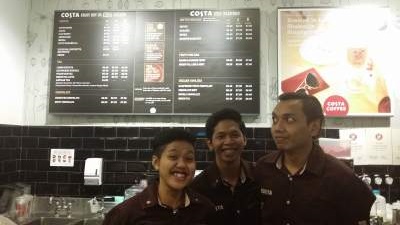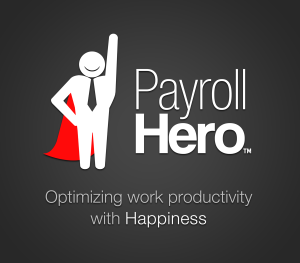 Creative destruction, a term coined by the economist Joseph Schumpeter in 1942, is the concept of “incessant product and process innovation mechanism by which new production units replace outdated ones.” Schumpeter says that disruption is an important part of capitalism because it increases productivity.
Creative destruction, a term coined by the economist Joseph Schumpeter in 1942, is the concept of “incessant product and process innovation mechanism by which new production units replace outdated ones.” Schumpeter says that disruption is an important part of capitalism because it increases productivity.
As the term suggests, creative destruction isn’t a particularly comfortable concept, especially for those who are on the wrong side of it. The invention of the steam engine led to the creative destruction of travel by horses. The invention of automobiles led to the creative destruction of travel by steam engines. It’s an inevitable result of innovation which can make complete industries obsolete, and take thousands of jobs along with it. The positive outcome is that it creates new industries and redefines jobs within them.
So where is all of this going? McDonald’s recently announced its plan to install self ordering kiosks, thereby reducing manpower in their outlets. It’s not the only company to make a move towards automation. Chili’s Grill and Bar has made a move towards self ordering tablets. Restaurants in the US find automation a way to improve productivity.
There already exists a machine that creates 360 gourmet hamburgers in an hour. The entire machine could replace any human making burgers in the kitchen. According to this report, McDonald’s could fund the development of a burger making machine and see a one year return on investment. There are many reasons why companies are moving towards automating their processes.
In the United States, a big reason for this is the growing cost of labour. Currently, the minimum wage in the US is $7.25 per hour. For a few years now, workers in the F&B industry have protested that this number is far too low for it to be sustainable. They say that the reasonable wage floor should be at $15 per hour. LA recently passed legislation for $15 per hour.
The result of this is that fast food franchises are finding it increasingly difficult to cope with the labour costs. The alternative is to automate. Mundane and repetitive tasks can be done by smart machines. Jobs where human interaction is required, like serving food, can be taken up by people. Another reason why automation makes sense is that it’s more efficient and faster. Queues are shorter, human errors are less common, if not completely erased.
You can see parallels in the F&B industry between the US and countries like Japan and Singapore. On the one hand, labour costs are increasing in the US, forcing companies to automate. On the other hand, Japan and Singapore are facing a labour crunch often due to unwillingness of the countries’ citizens to participate in this industry, leading these countries to automate as well. The story is the same, where labour as a factor of production is being replaced by machines that can do the same work and produce better results. And this is where creative destruction fits in.
What does this mean for the F&B industry? Restaurant technology will develop and will facilitate automation. The hamburger machine by Momentum Machines, Inc is just the beginning in the back-end of a restaurant. POS systems, self ordering kiosks, cloud based scheduling applications and online reservation websites are taking over the work of regular staff in a restaurant. An entire ecosystem of automation surrounding retail and F&B already exists but what will trigger the momentum of creative destruction is the lack of a sustainable solution to the problem of increasing costs: in this case, the cost of labour.

 The Singapore Chinese Chamber of Commerce & Industry
The Singapore Chinese Chamber of Commerce & Industry

 Cloud Computing, by
Cloud Computing, by 
 ted on increasing productivity: be it that of your rank and file workers or your manager. Higher productivity leads to a better workplace environment and happier people, which further leads to higher productivity. That is a virtuous cycle, if ever I saw one. In effect: optimizing work productivity with happiness.
ted on increasing productivity: be it that of your rank and file workers or your manager. Higher productivity leads to a better workplace environment and happier people, which further leads to higher productivity. That is a virtuous cycle, if ever I saw one. In effect: optimizing work productivity with happiness.